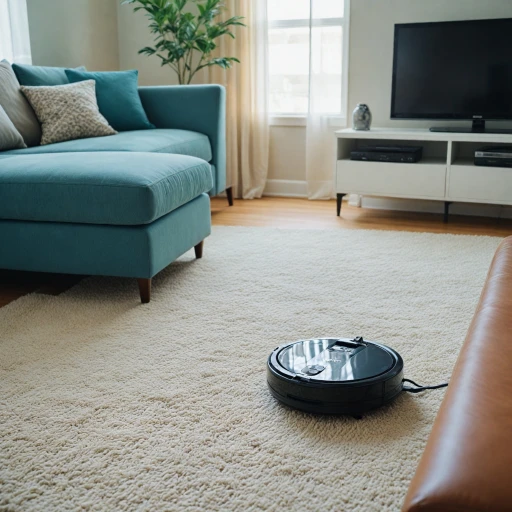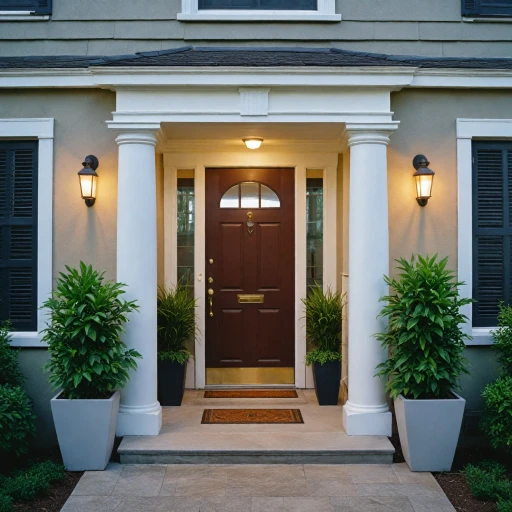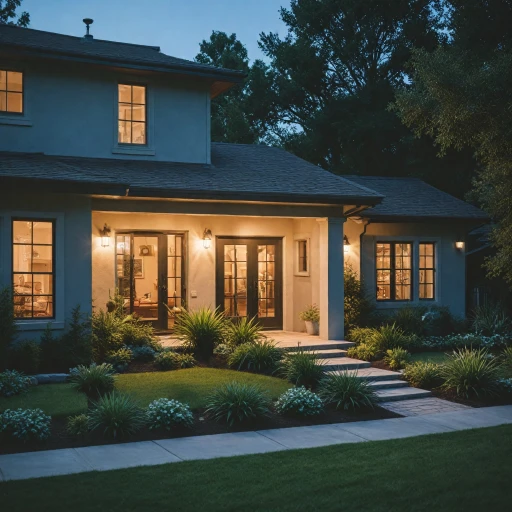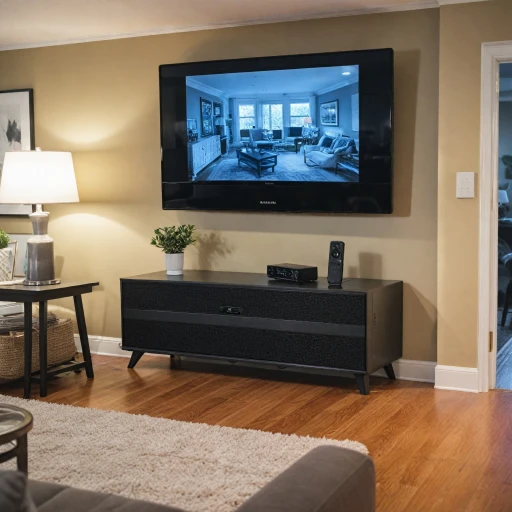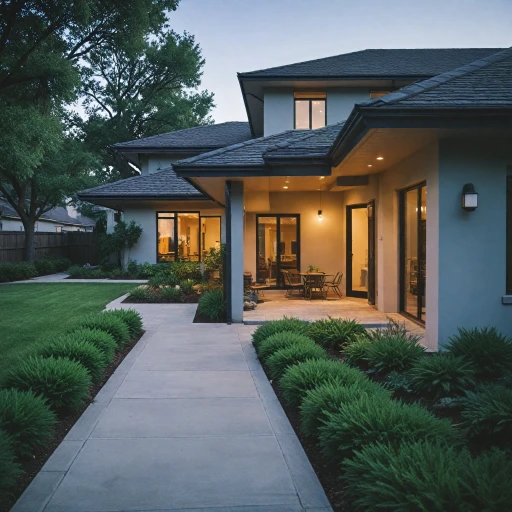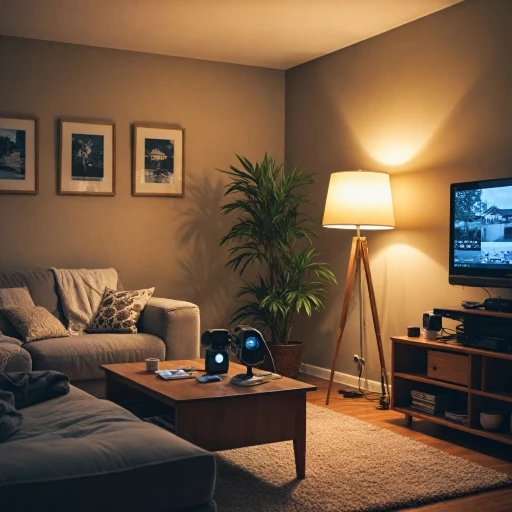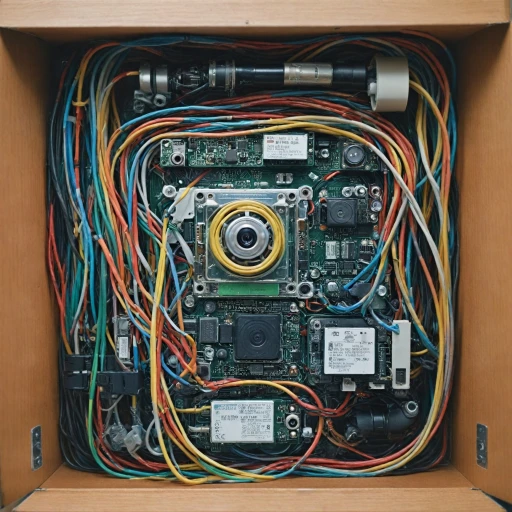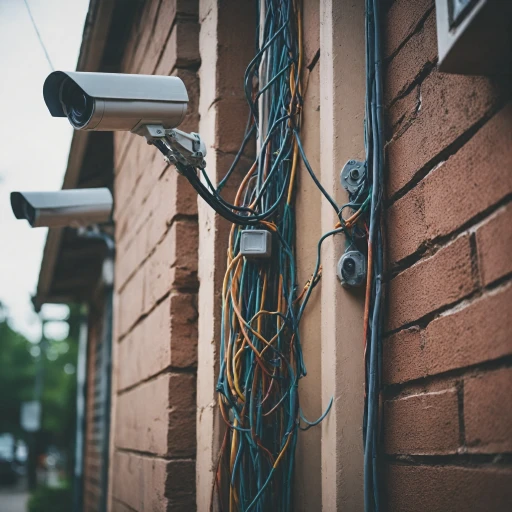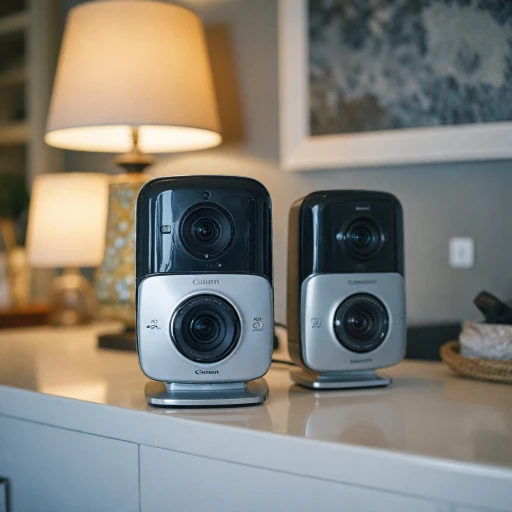
Understanding Wireless Surveillance Technology
Advent of Wireless Technology in Surveillance
In recent years, wireless surveillance technology has revolutionized the way businesses approach security. With the ability to transmit data without the need for extensive cabling, wireless cameras offer flexibility and ease of installation. This advancement is particularly beneficial for businesses looking to enhance security without the disruption of traditional wired systems.
Essential Principles of Wireless Surveillance
Wireless security systems utilize radio frequency (RF) or infrared (IR) technology to transmit video footage to a receiver, such as a Network Video Recorder (NVR). Unlike their wired counterparts, these systems require less maintenance and can be relocated easily, making them highly suitable for dynamic commercial spaces.
Real-Time Monitoring and Video Storage Solutions
One of the standout features of wireless cameras is their capability for real-time monitoring. Through advanced security solutions, business owners can access live video feeds from anywhere, ensuring constant surveillance. Moreover, modern systems often come with cloud storage options, eliminating the need for substantial physical storage and adding an extra layer of security to video footage.
Night Vision and Motion Detection Capabilities
For businesses operating around the clock or in dimly lit conditions, night vision capabilities are crucial. Many wireless systems are equipped with infra-red technology, enabling clear imaging even in low light. Additionally, motion detection technology can alert businesses to any unusual activity, ensuring prompt responses to potential security threats.
Benefits of Wireless Cameras for Businesses
The Advantages of Going Wireless
For businesses looking to enhance security measures, wireless surveillance cameras present several compelling benefits. Here’s why these systems are increasingly chosen over their wired counterparts:- Installation Flexibility: Wireless cameras eliminate the need for messy cables, allowing businesses to position the cameras in optimal spots. The lack of physical wiring also reduces the risk of potential tampering, maintaining the integrity of your security
system. - Ease of Scalability: As your business grows, the ability to easily add more cameras becomes a critical feature. Wireless systems offer scalability without the hassle of running additional wires, making expansion simpler and less intrusive.
- Cost-Effectiveness: By saving on installation costs, businesses might find investing in wireless surveillance more budget-friendly compared to wired solutions. This can also free up resources for other security measures.
- Real-Time Monitoring and Alerts: Many wireless systems, including brands like Lorex, support live video streaming and instant alerts. This means you can monitor premises remotely in real-time, ensuring continuous surveillance of your business.
your business’s privacy framework. For a deeper dive into optimizing your choice in cameras, such as finding the right SIM card for connectivity, further research into specific products can guide your network planning. In summary, the versatility of wireless surveillance solutions makes them a top choice for companies aiming to bolster their security infrastructure effectively and economically.
Key Features to Look for in Business Surveillance Cameras
Essential Features for Optimal Business Surveillance
When selecting the best security cameras for business environments, it’s crucial to look beyond aesthetics and pricing. Key features often define the effectiveness of a surveillance system, ensuring businesses are adequately protected.
Surveillance Coverage and Motion Detection
One of the primary features to consider is the camera’s capability to provide comprehensive surveillance coverage. Wide-angle lenses and pan-tilt-zoom (PTZ) technology allow for extensive monitoring and reduce blind spots. Additionally, advanced motion detection enables security systems to alert business owners in real time, ensuring swift responses to potential threats.
Video Quality and Night Vision Capabilities
High-resolution video quality is fundamental for identifying intruders or incidents accurately. Cameras with low-light or night vision technology ensure detailed video surveillance even in poor lighting conditions, making systems like those offered by Lorex, ideal for both day and night protection.
Storage Solutions and Data Management
Efficient video storage is another critical component. Options range from local storage using Network Video Recorders (NVR) to cloud-based solutions, each offering unique benefits. While cloud storage facilitates remote access and redundancy, it’s important to compare features to find the best fit for your business operations.
Wireless versus Wired Systems
Choosing between wireless and wired camera systems impacts both installation ease and flexibility. Wireless systems offer greater freedom in camera placement but may require reliable connectivity. Wired options, on the other hand, often provide stable connections and uninterrupted video feeds, important for consistent monitoring.
By thoughtfully evaluating these features, you can implement a surveillance strategy that not only enhances business security but also integrates smoothly with existing security measures. Referencing credible security solutions will further bolster protection, ensuring businesses remain safeguarded in today’s fast-paced commercial environments.
Addressing Security and Privacy Concerns
Ensuring Safety of Your Surveillance Data and Privacy
When implementing wireless surveillance cameras for enhancing business safety, addressing security and privacy is critical. Cameras are not just about capturing footage; they involve handling sensitive data which requires robust safeguarding.
A key concern with wireless systems is data interception. To mitigate this, opt for cameras supporting encrypted connections. Encryption ensures that data transmitted between your camera and monitoring system is secure, preventing unauthorized access.
Storage is another critical area. While cloud storage offers convenience, it's vital to choose services with strong security protocols to prevent potential breaches. The best solutions often provide video storage with multiple authentication steps, limiting unauthorized access. Consider NVR-based systems for on-site storage, which can offer an additional layer of security and control.
Maintaining privacy is equally essential. Ensure your cameras cover necessary areas without infringing on privacy. This balance is crucial, especially with indoor cameras used in businesses. Align your system with privacy regulations like GDPR, depending on your region, to safeguard client and employee privacy.
Wireless security systems should also possess real-time monitoring and motion detection capabilities, which provide alerts about potential security threats as they occur. This allows for timely response, safeguarding your business effectively.
Integrating Wireless Cameras with Existing Security Systems
{"Seamless Connectivity for Comprehensive Security
To create a robust business security environment, integrating wireless surveillance cameras with existing security systems is an important step. Businesses can leverage both new and old equipment to enhance their security solutions.
Start by assessing the compatibility of your current setup, whether it’s a wired or wireless configuration. Many modern wireless security cameras can connect with NVR systems, making the addition of new cameras smoother. Ensure your cameras, whether they're from established brands like Lorex or other reliable manufacturers, integrate well with your chosen platform, providing a consistent video security system.
Effective Video Monitoring and Storage Solutions
Modern wireless solutions offer real-time monitoring, providing businesses with instant access to video surveillance feeds. Opt for systems that support both cloud and on-premise video storage options to enhance flexibility and data safety. With advances in video storage technology, businesses have several options, from cloud-based solutions to robust on-site storage with motion detection features.
Maximizing Benefits with Hybrid Security Systems
Integrating wireless systems with existing wired setups can offer a best security solution, combining the reliability of wired systems with the flexibility of wireless cameras. Commercial CCTV systems can benefit greatly from such integration, providing comprehensive coverage and ensuring seamless operation even if parts of the system experience technical issues.
Lastly, always consider solutions that allow for easy scalability, ensuring that as your business grows, your business security systems can expand with it. This longevity ensures you can easily integrate new technologies and capabilities as they become available, keeping your commercial security solutions at the forefront of industry standards.
Cost Considerations and Budgeting for Surveillance Systems
Calculating Optimal Surveillance Costs
Investing in wireless surveillance camera systems for your business can be a significant financial commitment. Carefully assessing your specific needs and budget constraints is crucial for implementing the most effective security solutions. While examining the benefits and technological advantages of wireless surveillance outlined earlier, you should also ensure an understanding of cost factors involved in video security.
When selecting security cameras, the primary expenditure involves the purchase of the camera system itself. Options vary from affordable lorex cameras to high-end commercial CCTV systems, and the pricing often correlates with the features offered. Enhanced features like night vision, motion detection, and cloud video storage add to the cost but also significantly augment the efficiency of your business security.
Additionally, consider potential fees for system setup and installation, especially if you integrate wireless cameras with existing security infrastructure. Some businesses may opt for free DIY installations, while others prefer professional assistance to ensure seamless integration and optimal monitoring functionality.
Ongoing maintenance is another cost element to consider. This includes periodic updates to both hardware and software, ensuring the security system remains adaptable to evolving security challenges. Some providers offer maintenance packages as part of their business security solutions, which can be beneficial for companies seeking comprehensive support.
Finally, evaluating the long-term expense of video storage is crucial. Cloud storage and Network Video Recorder (NVR) solutions often come with monthly or yearly subscription fees, depending on the amount of data and the duration for which surveillance footage needs to be stored. Assessing these costs against your budget can help in deciding between cloud or wired storage methodologies.
Implementing a versatile, cost-effective security system not only enhances your company’s safety but also safeguards your investment in business growth and reputation. By deliberately comparing the various options, businesses can obtain the best security solutions tailored to their unique requirements.


